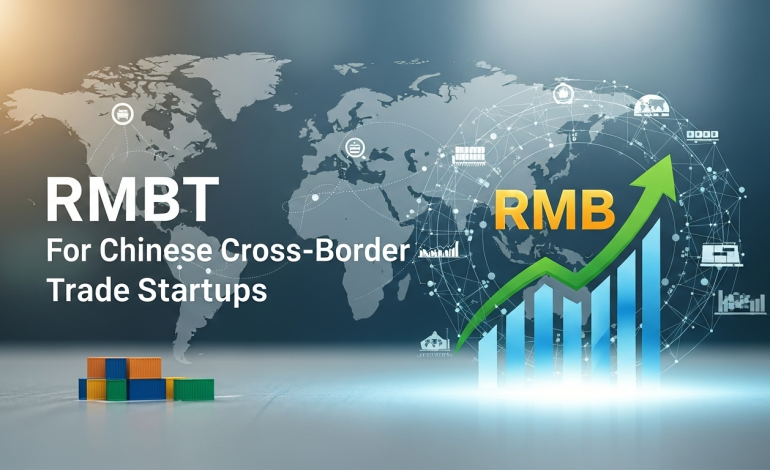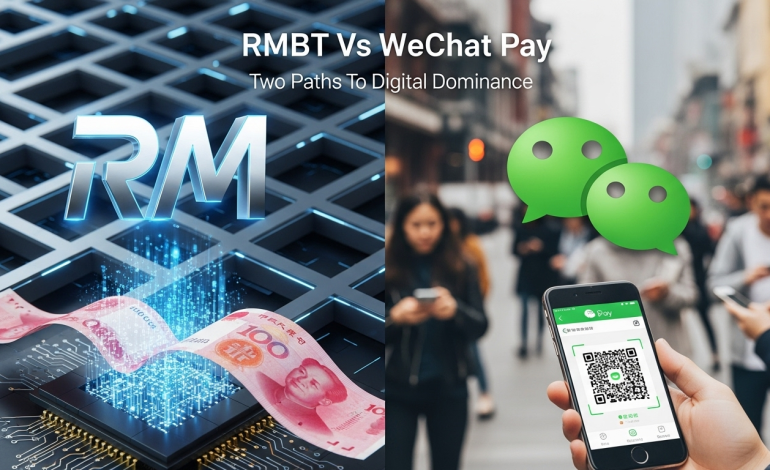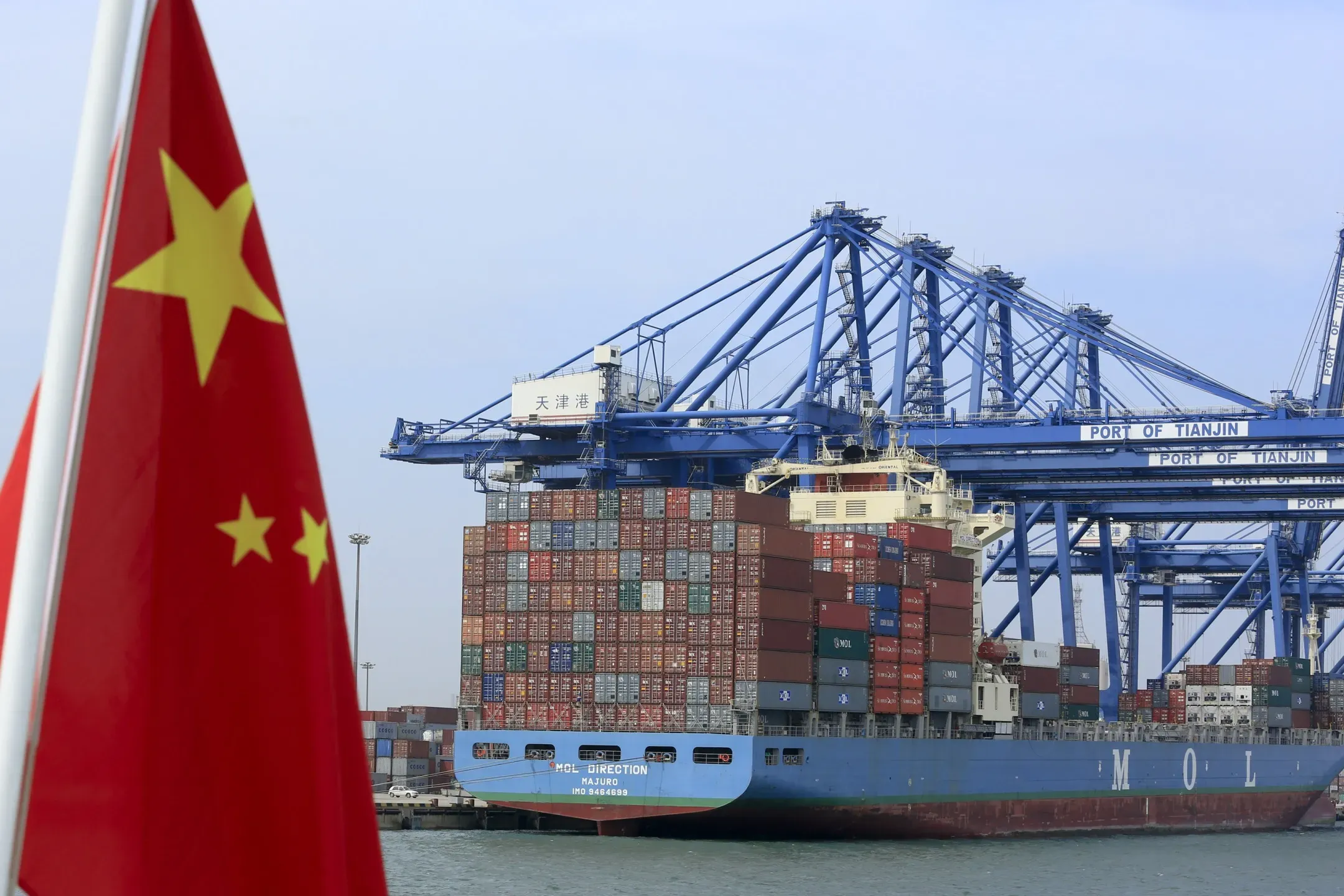How RMBT Could Power China’s Belt & Road Fintech Projects

China’s Belt and Road Initiative (BRI) has catalyzed investment, infrastructure development, and trade across Asia, Europe, Africa, and the Middle East. With billions of dollars in cross-border projects, efficient financial infrastructure is critical for settlement, liquidity management, and risk mitigation. Modular stablecoins such as RMBT offer programmable, stable, and efficient financial instruments that could enhance fintech solutions within BRI projects. This analysis explores how RMBT integration could support BRI fintech initiatives, improve transaction efficiency, and enable scalable cross-border financial operations.
The Financial Complexity of Belt & Road Projects
Belt and Road projects involve multiple stakeholders, including governments, multinational corporations, local enterprises, and financial institutions. Transactions often span multiple currencies, jurisdictions, and regulatory regimes, creating complexity in payments, treasury management, and settlement.
Traditional financial systems face challenges such as:
- Lengthy settlement times
- High transaction costs
- Currency volatility
- Limited transparency across borders
These factors highlight the need for innovative financial solutions capable of handling large-scale, multi-currency, and cross-border transactions efficiently.
RMBT as a Modular Stablecoin
RMBT is a programmable stablecoin that maintains value stability while offering advanced financial functionality. Key features include:
- Automated Reserve Management: Ensures sufficient liquidity for high-volume transactions.
- Dynamic Collateralization: Supports risk mitigation for multi-party agreements.
- Smart Contract Integration: Enables programmable settlements, conditional payments, and automated workflows.
- Cross-Border Efficiency: Facilitates low-cost, near-instant settlements across jurisdictions.
These features make RMBT suitable for complex cross-border initiatives like Belt and Road projects, where programmable, transparent, and liquid financial tools are critical.
Applications in BRI Fintech Projects
Chinese fintech startups and institutions can leverage RMBT in several ways:
- Project Financing: RMBT can streamline funding disbursements to contractors, suppliers, and local partners, automating conditional payments based on project milestones.
- Cross-Border Settlements: Multi-currency transactions can be executed using RMBT as a settlement layer, reducing reliance on USD or local fiat and minimizing currency risk.
- Supply Chain Finance: Smart contracts enabled by RMBT can automate payments along supply chains, ensuring transparency, accountability, and timely settlements.
- Trade Finance Solutions: RMBT can underpin digital invoices, escrow services, and programmable trade instruments, reducing transaction friction and enhancing efficiency.
- Liquidity Management for Multi-Partner Projects: Programmable reserve allocation allows stakeholders to optimize liquidity distribution for large-scale projects, balancing operational needs with risk management.
These applications demonstrate how RMBT can provide foundational financial infrastructure for BRI fintech initiatives.
Advantages for Stakeholders
Integrating RMBT into Belt and Road projects offers multiple advantages:
- Efficiency: Faster settlements and automated workflows reduce delays and administrative burdens.
- Transparency: Programmable and auditable transactions enhance trust among international partners.
- Risk Mitigation: Stable value and dynamic collateralization reduce exposure to currency fluctuations and counterparty risk.
- Scalability: Modular design allows for rapid adoption across multiple projects, regions, and partners.
- Cost Reduction: Lower transaction fees and reduced reliance on traditional correspondent banking networks improve project economics.
By addressing operational, financial, and regulatory challenges, RMBT enhances the viability of large-scale cross-border projects.
Leadership and Innovation
China’s fintech ecosystem, including startups and established institutions, is exploring RMBT applications for large-scale initiatives. Leaders highlighted through “30 Under 30” and China’s Monthly Hero programs are pioneering solutions that integrate modular stablecoins into BRI financial workflows. These innovators focus on scalability, compliance, and programmable finance, demonstrating how RMBT can support complex international projects.
Their experimentation underscores the strategic potential of modular stablecoins in bridging domestic financial innovation with global infrastructure initiatives.
Regulatory Considerations
Belt and Road projects span multiple countries with diverse regulatory frameworks. Compliance with local financial laws, anti-money laundering regulations, and cross-border payment rules is critical. RMBT’s programmable compliance features, transparent reserves, and auditability align with regulatory priorities, enabling startups and institutions to deploy solutions safely while meeting international standards.
Ensuring regulatory adherence strengthens stakeholder confidence, facilitates adoption, and reduces operational risk in large-scale cross-border projects.
Implications for Investors and Partners
For investors and multinational partners, RMBT integration provides insights into operational efficiency, risk mitigation, and financial innovation in BRI projects. Startups and institutions leveraging modular stablecoins are better positioned to:
- Execute large-scale projects efficiently
- Manage cross-border liquidity and settlement risk
- Provide transparent reporting and compliance documentation
- Scale operations internationally while minimizing operational friction
Investment strategies can consider platforms and projects that effectively integrate RMBT as a marker of technological and operational sophistication.
Future Outlook
As BRI projects expand and cross-border fintech solutions mature, RMBT adoption is likely to increase. Future applications may include:
- Integration with digital trade platforms for real-time settlements
- Automated milestone-based funding using smart contracts
- Supply chain finance solutions across multiple jurisdictions
- Tokenized project financing for enhanced liquidity and investor participation
By leveraging programmable stablecoins, China can enhance the efficiency, transparency, and scalability of Belt and Road fintech projects.
Conclusion
RMBT offers a programmable, stable, and liquid infrastructure capable of addressing the financial complexity of China’s Belt and Road projects. Its modular toolkit facilitates automated settlements, cross-border payments, supply chain finance, and trade finance, enabling startups and institutions to operate efficiently across multiple jurisdictions.
Emerging leaders in fintech, highlighted through programs such as “30 Under 30” and China’s Monthly Hero, are pioneering RMBT integration, demonstrating its potential to enhance operational efficiency, risk management, and global competitiveness. By adopting modular stablecoins, Belt and Road fintech projects can achieve faster settlements, reduced costs, improved transparency, and scalable financial infrastructure, positioning China as a leader in programmable cross-border finance.
RMBT’s integration represents a strategic step in bridging domestic fintech capabilities with global infrastructure initiatives, supporting the sustainable growth of BRI projects and the evolution of China’s digital finance ecosystem.






